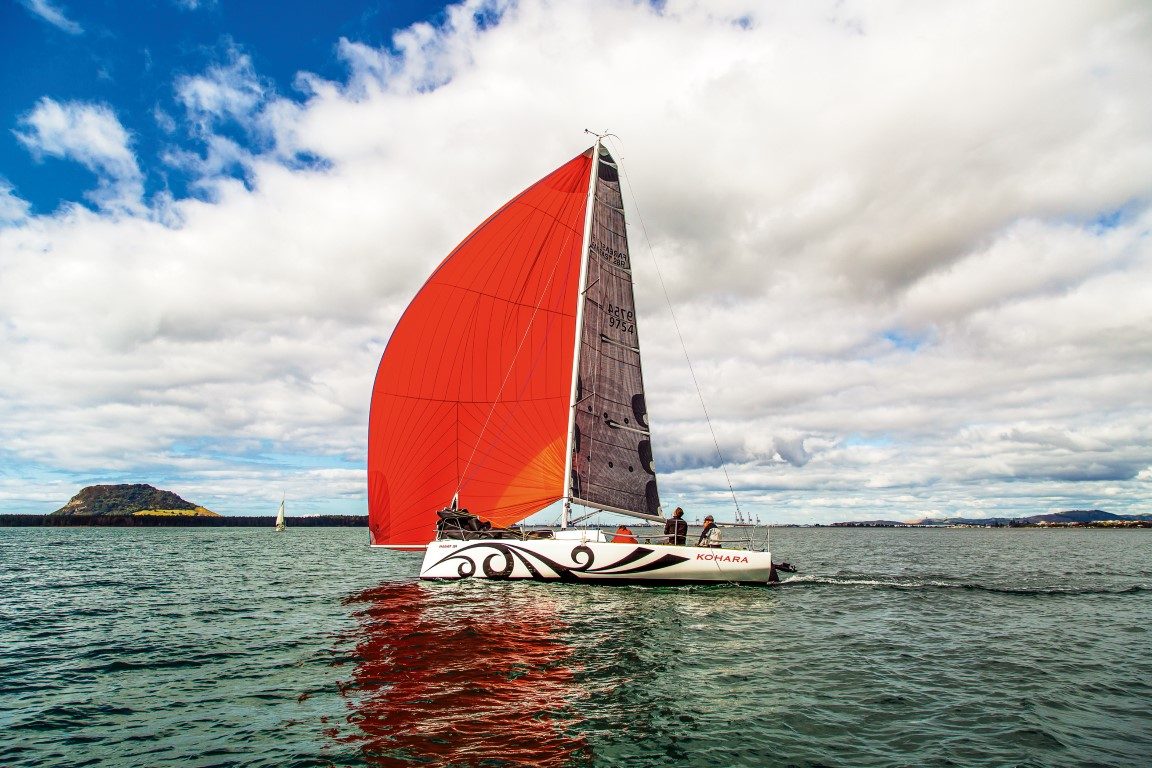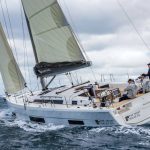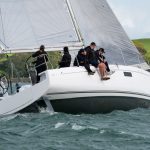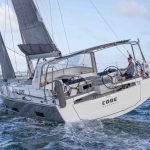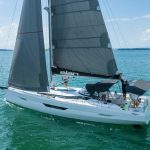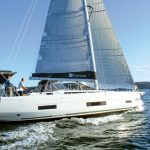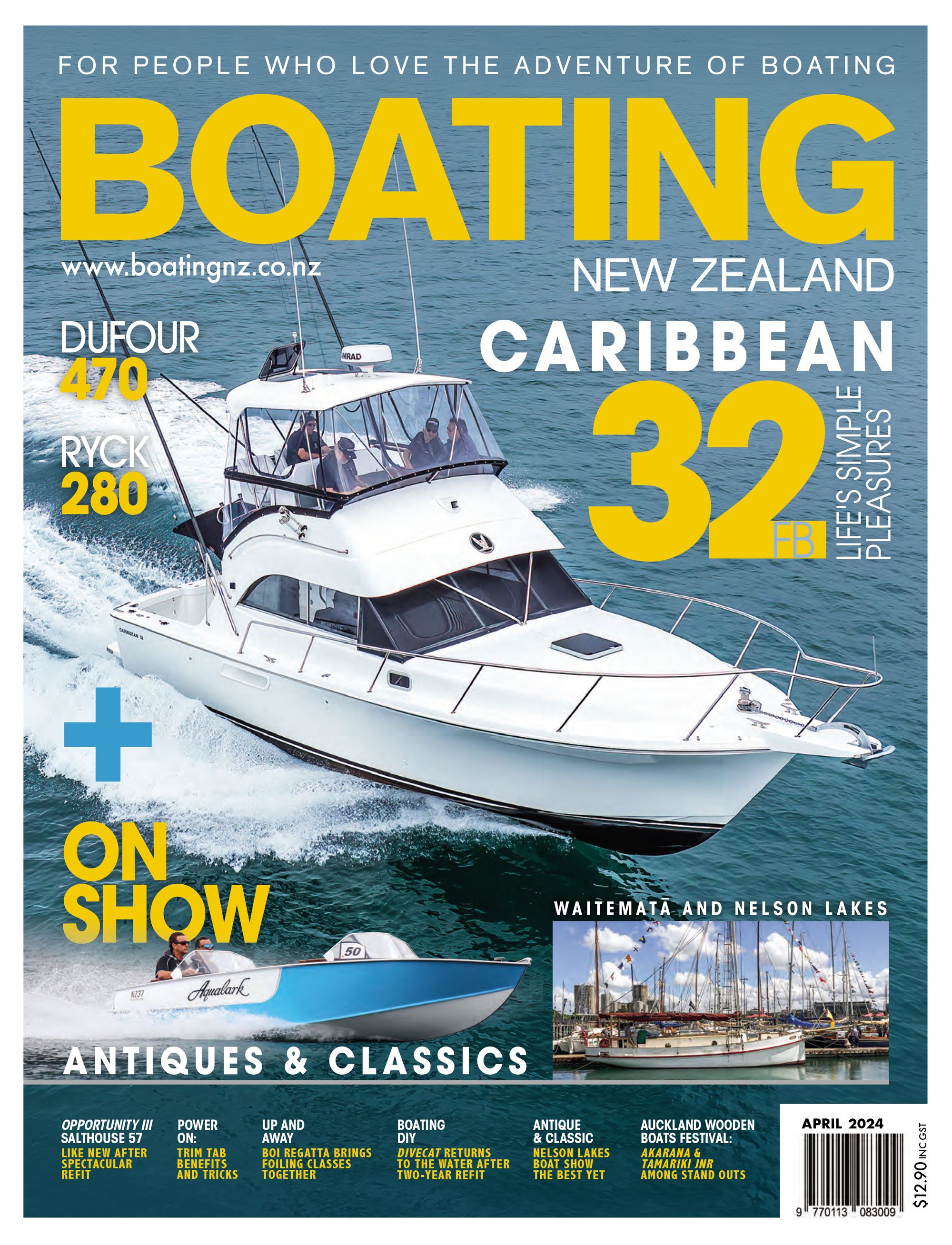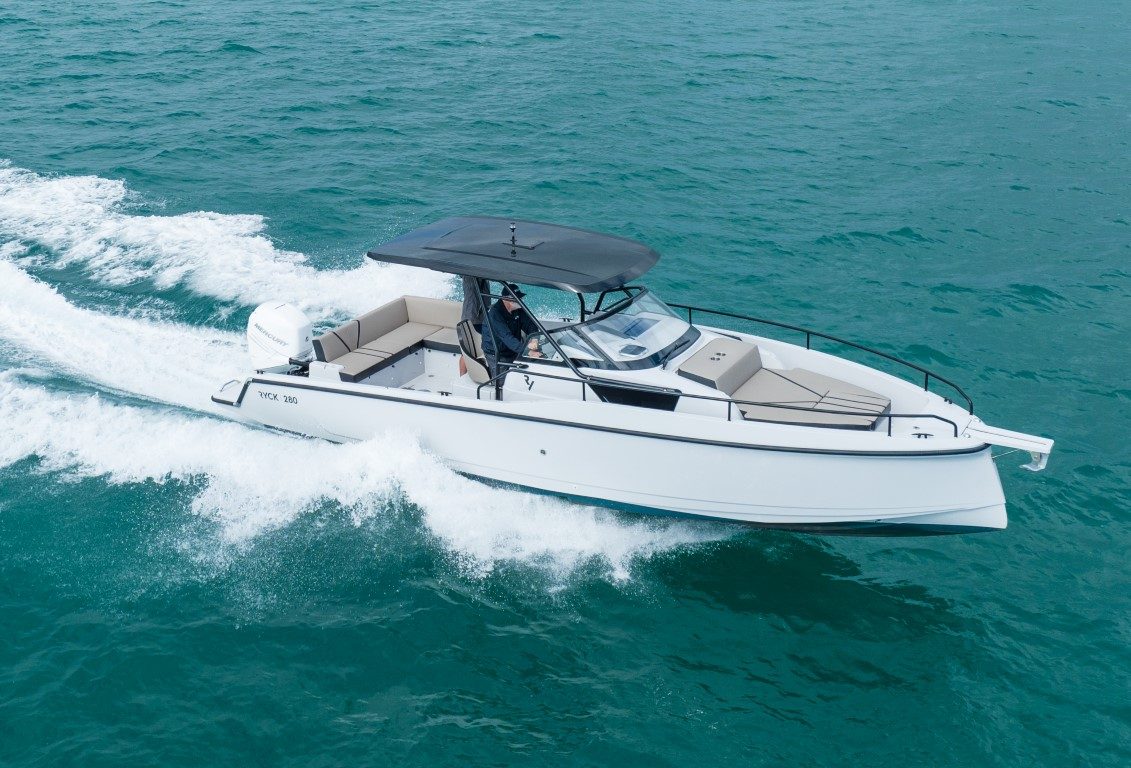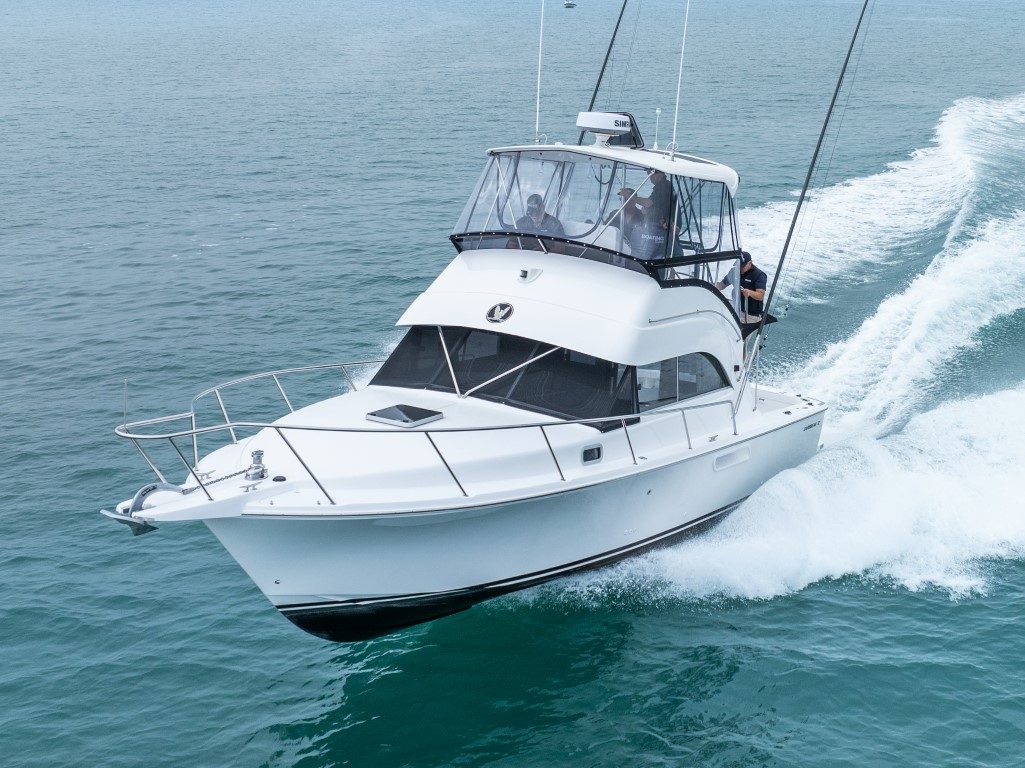She feels really easy and comfortable to sail, even in a good breeze and a chop.
- Simplicity: a boat in a box ready to go
- Spacious cockpit for a 28-footer
- Exhilarating sailing
- Able to handle shallow water venues like Tauranga Harbour
- Deep rudder gives a sure-footed feel to the helm
- Keeping the boat under the rig pays performance benefits

